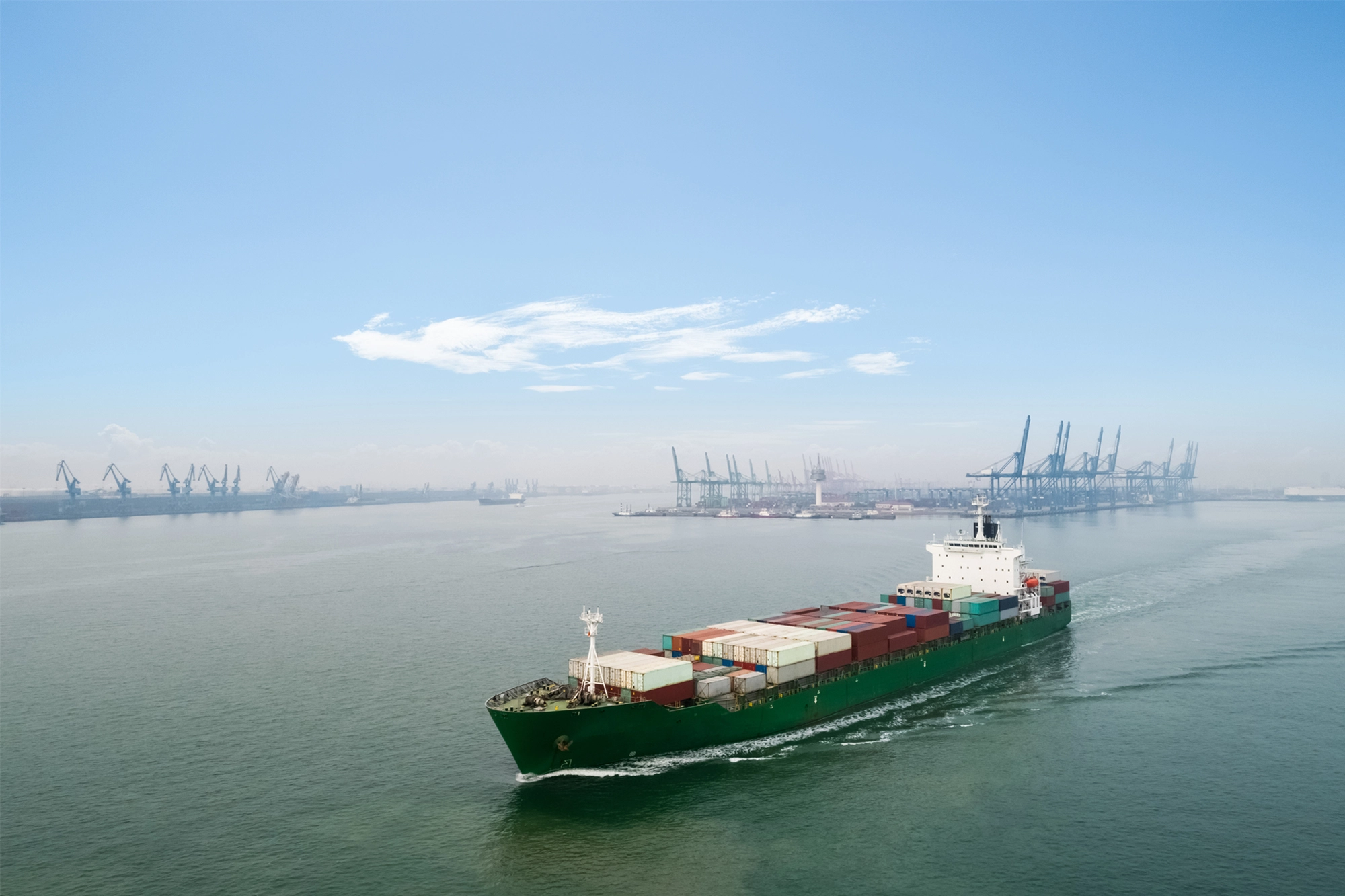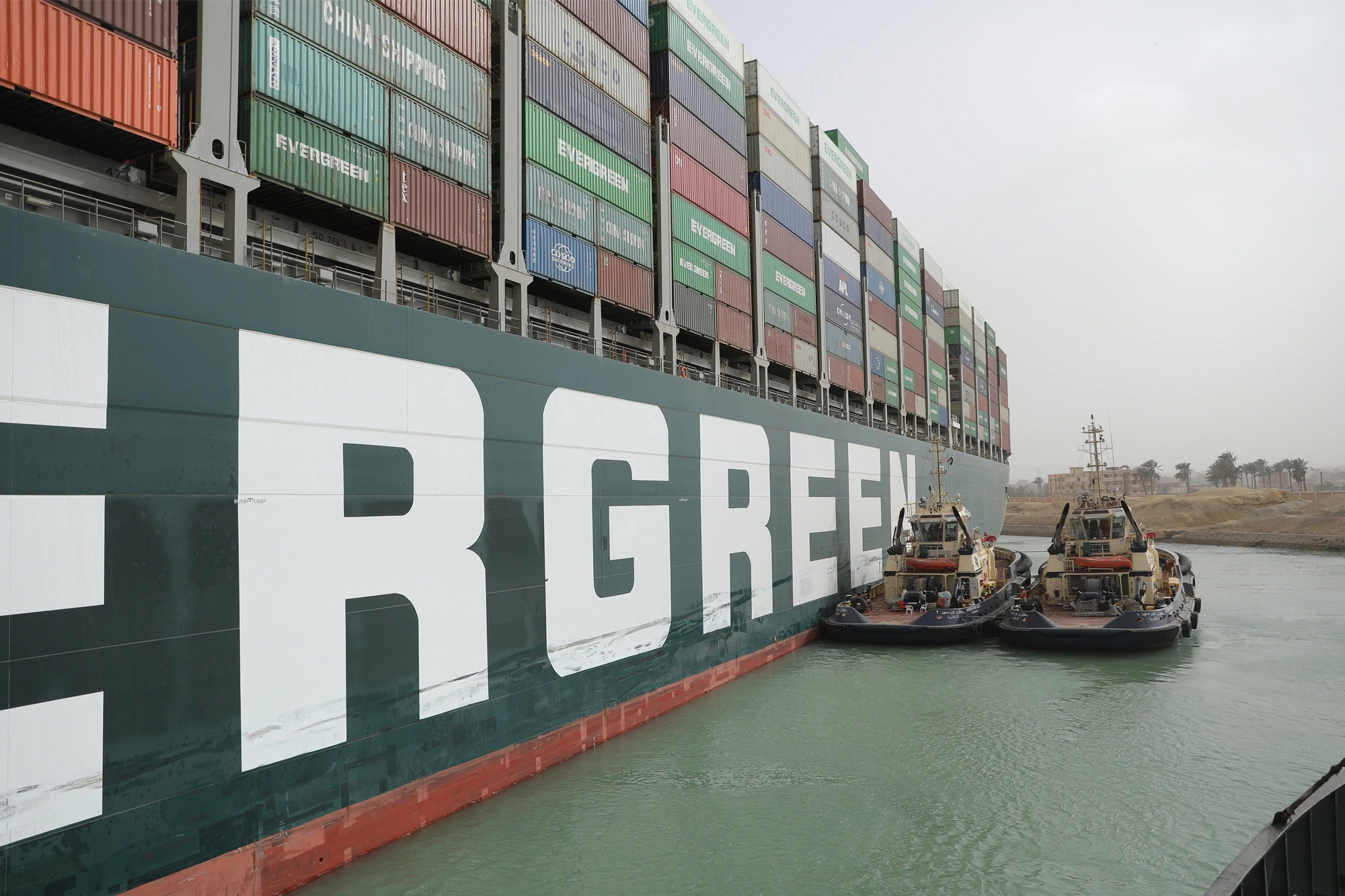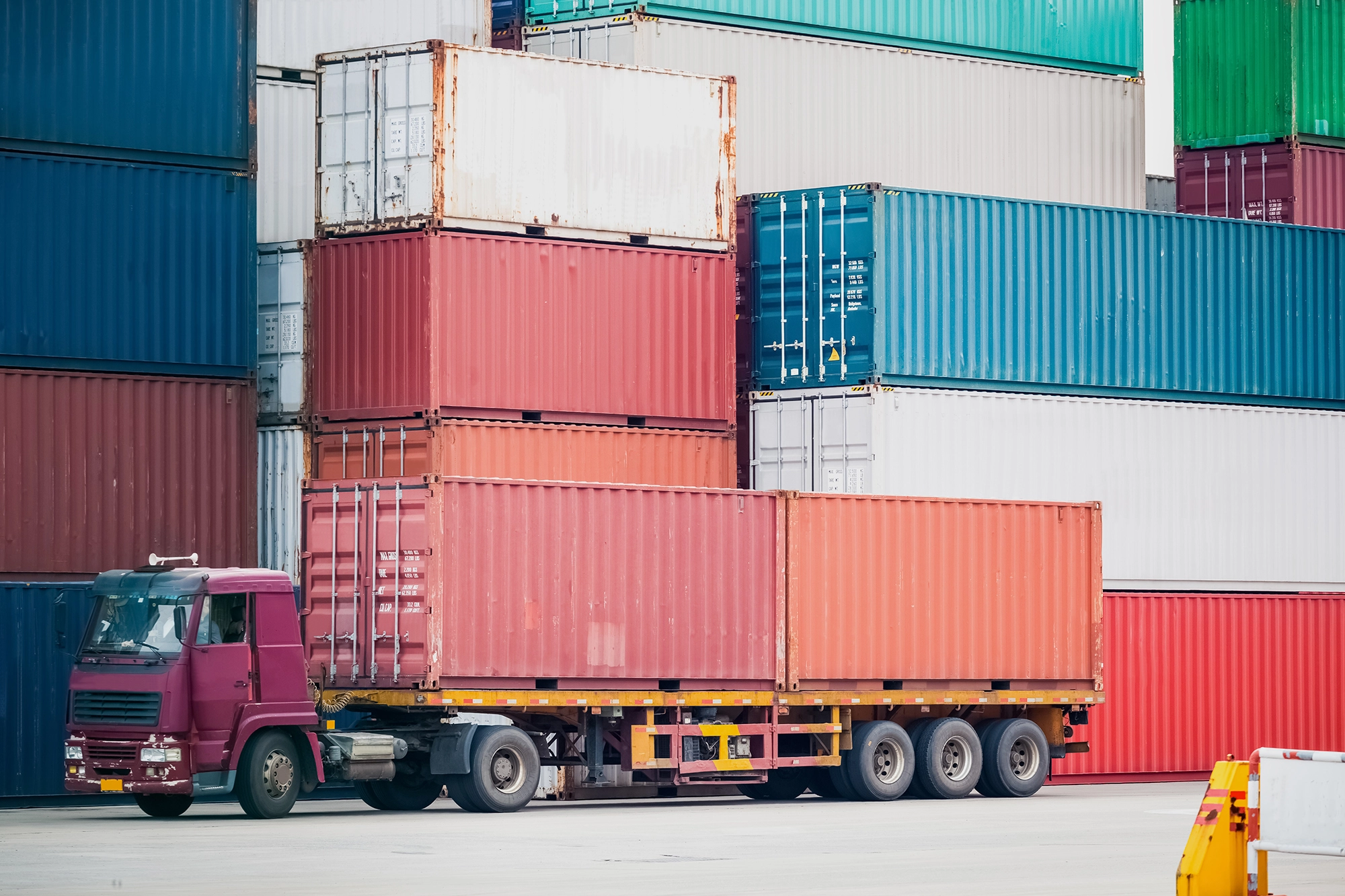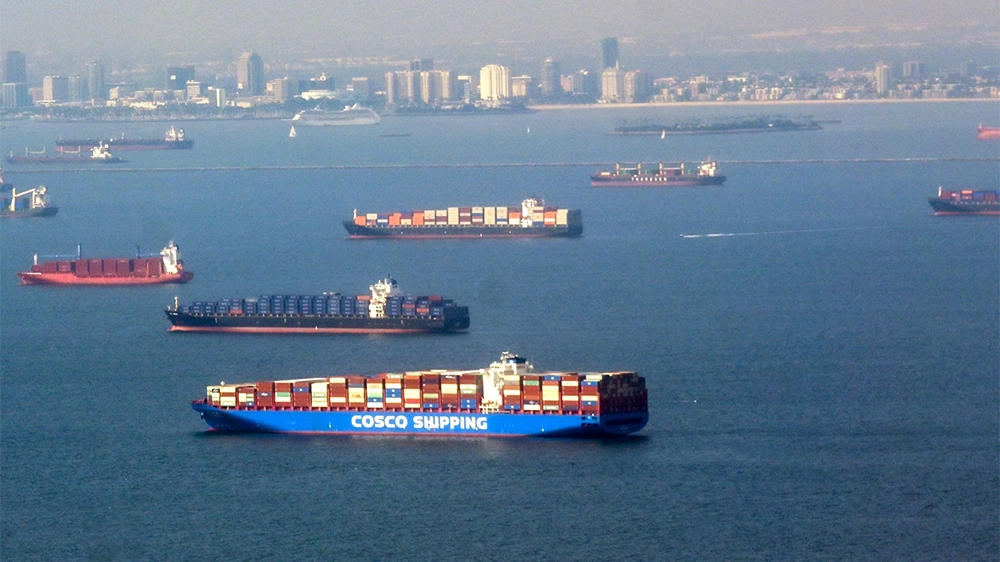Maritime transport also has another important advantage: you can ship your goods as FCL (Full Container Load) or LCL (Less than Container Load). Long story short, FCL is shipping cargo loads enough to fill full containers to one consignee while LCL is when different shipments share container space for different consignees but are delivered to the same port of discharge. Thus, freight rates are adjusted to individual needs of each shipper.
As everything around us, maritime transport has some disadvantages as well. And the most significant one is transit time.

In the spring and summer of 2021 when economies started to wake up again, importers, fearing further production shutdowns, began to place orders for several months ahead.
As we know, Asia is a “global factory” from where majority of goods are exported to Europe and both Americas. In a situation, where there was a shortage of available equipment to move goods, shipowners decided to rise rates and even transport empty containers where they were absolutely needed.

The situation got even worse because of the blockade of the Suez Canal by the Ever Given container ship, which prevented traffic between Europe and Asia for over a week. At the peak moment, about 400 ships with thousands of containers were waiting to cross the canal on both sides.
Shipowners began to raise rates in from week to week to sometimes absurd levels, where transport was even more expensive than goods transported in a container. Places on ships sold out very quickly because of the delays and it was necessary to book them even two months in advance, often without knowing the rate that will apply. The shipowners were not able to estimate the cost of transport for more than 2/3 weeks ahead.

The situation on the transport market has forced importers and exporters to be creative and look for alternatives to transport goods. One of them is the choice of a different unloading / loading port than the one previously used and the transport / delivery of goods by truck, even at longer distances. In our case, this solution also worked; we decided to deliver to less congested ports, gave up rail transport and focused on reloading goods to trucks at unloading ports to deliver them to the customer faster. In comparison to the pre-pandemic period, the transit time to the customer’s door has doubled. Therefore, the few days that we “save” on skipping the railroads are at a premium for our customers.
Comparing the last months of 2021 and the beginning of 2022, slight downward fluctuations in transport rates can be noticed. However, these are no significant reductions as the decrease by less than 2% has nothing to do with the previous increase by 140%.
The availability of space on the ships has not changed yet, but we will see what the next months will bring. We can be sure that transport rates will not return to pre-pandemic levels. The continuous increases in oil prices on global markets, which is a source of power for container ships sailing on the seas and oceans, as well as for trucks delivering goods to warehouses are not helping with the prices as well. They may only fall slightly but will remain at historically high levels.
In the coming months, international trade will continue to face the negative effects of the global logistics crisis. Forecasts predict that as a result of disruptions in supply chains, crowded seaports and inefficiency in transhipment terminals, the prices of consumer products on a global scale will increase in 2022
Strained supply chains and overloaded ports can be restored by price increases that will slow down the demand for consumer goods. On the other hand, the stocks of raw materials and semi-finished products accumulated by producers and wholesalers may reduce the demand for them and there will be a need to sell them quickly, even at lower prices, to make room for new supplies. So the future is uncertain, and even reading from the stars will not help us discover what it will look like in the next few months.





